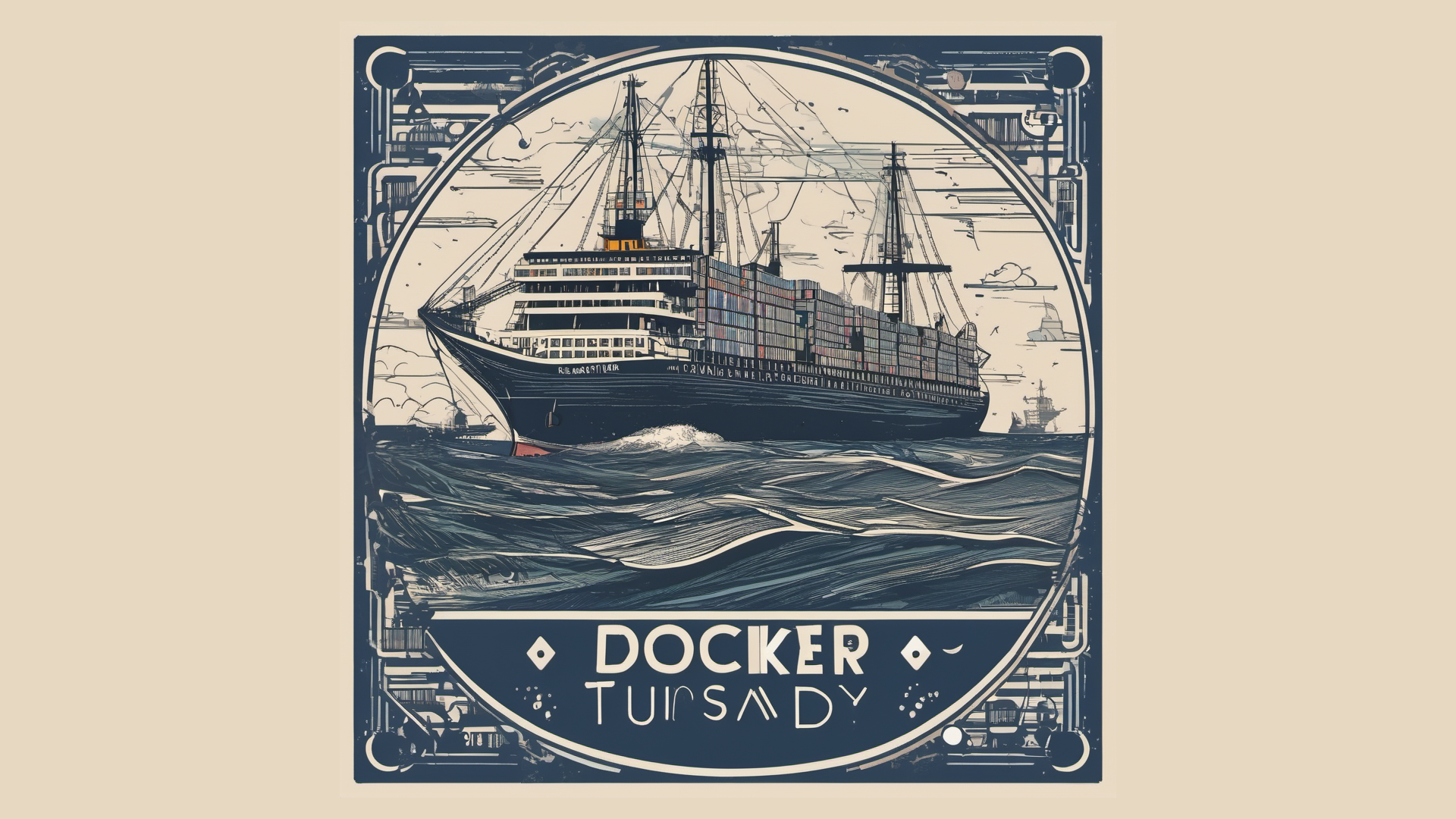Docker Best Practices: The power of .dockerignore

In our quest for Docker mastery, every Tuesday becomes an exploration into the world of containers, as we uncover the tips, tricks, and best practices that elevate your Docker expertise. Today, we embark on a journey into the heart of efficient containerization with a focus on one key aspect: how to we use .dockerignore in a more efficient way?
Trimming the fat
Remember how you decided to wear that favorite sweater of yours last Christmas and found out it did not fit? Well, the same goes for docker images. .dockerignore is your tidy-up tool in Docker world. It's the gatekeeper that ensures only the essentials make it into your Docker images, saving space and keeping things clean. By specifying patterns and paths to be excluded, it prevents the Docker build process from incorporating superfluous files such as development artifacts, temporary files, logs, binaries, and other non-essential resources. This curation minimizes the size of the build context, leading to smaller, more efficient Docker images.
Example .dockerignore of a NodeJS app
**/node_modules/
**/dist
.git
npm-debug.log
.coverage
.coverage.*
.env
.aws
Swift and Efficient
Reducing image size through effective use of .dockerignore brings about several advantageous outcomes. Primarily, smaller images translate to faster build times and reduced network overhead during image transfers. This optimization of resources not only expedites the Docker build process but also facilitates quicker deployments, enhancing development agility and enabling faster iterations in continuous integration and continuous deployment (CI/CD) pipelines.
Locking the Vault
Security is a top concern. .dockerignore acts like a gate, only allowing non-sensitive, necessary files into your Docker images. Limiting the exposure of unnecessary files diminishes potential vulnerabilities, safeguarding the Docker images against potential security threats.
Order from Chaos
The efficiency gained through .dockerignore contributes to the overall cleanliness and maintainability of Docker projects. By decluttering the build context and ensuring that only essential files are included, developers create more organized, coherent Docker environments. This organization not only streamlines the development process but also simplifies collaboration among team members by providing a clearer and more manageable project structure.
Precision Engineering
.dockerignore crafts sleek, purpose-built images. It's the key to images that travel light, adapting effortlessly to various environments. Precision in, efficiency out.
Developer's Secret Sauce
The utilization of .dockerignore also aligns with Docker's philosophy of modularity, encouraging the creation of lean, purpose-built images. This practice promotes reusability across projects and environments, as images are tailored to include only necessary components, enhancing portability and scalability across diverse deployment scenarios. ## To sum up In essence, the integration of .dockerignore into Docker workflows is more than just a best practice; it's a cornerstone of efficient containerization. By embracing selective exclusion, developers empower themselves to create smaller, more secure, and maintainable Docker images, streamlining development processes, fortifying security, and enhancing the overall agility and efficiency of container-based deployments.



